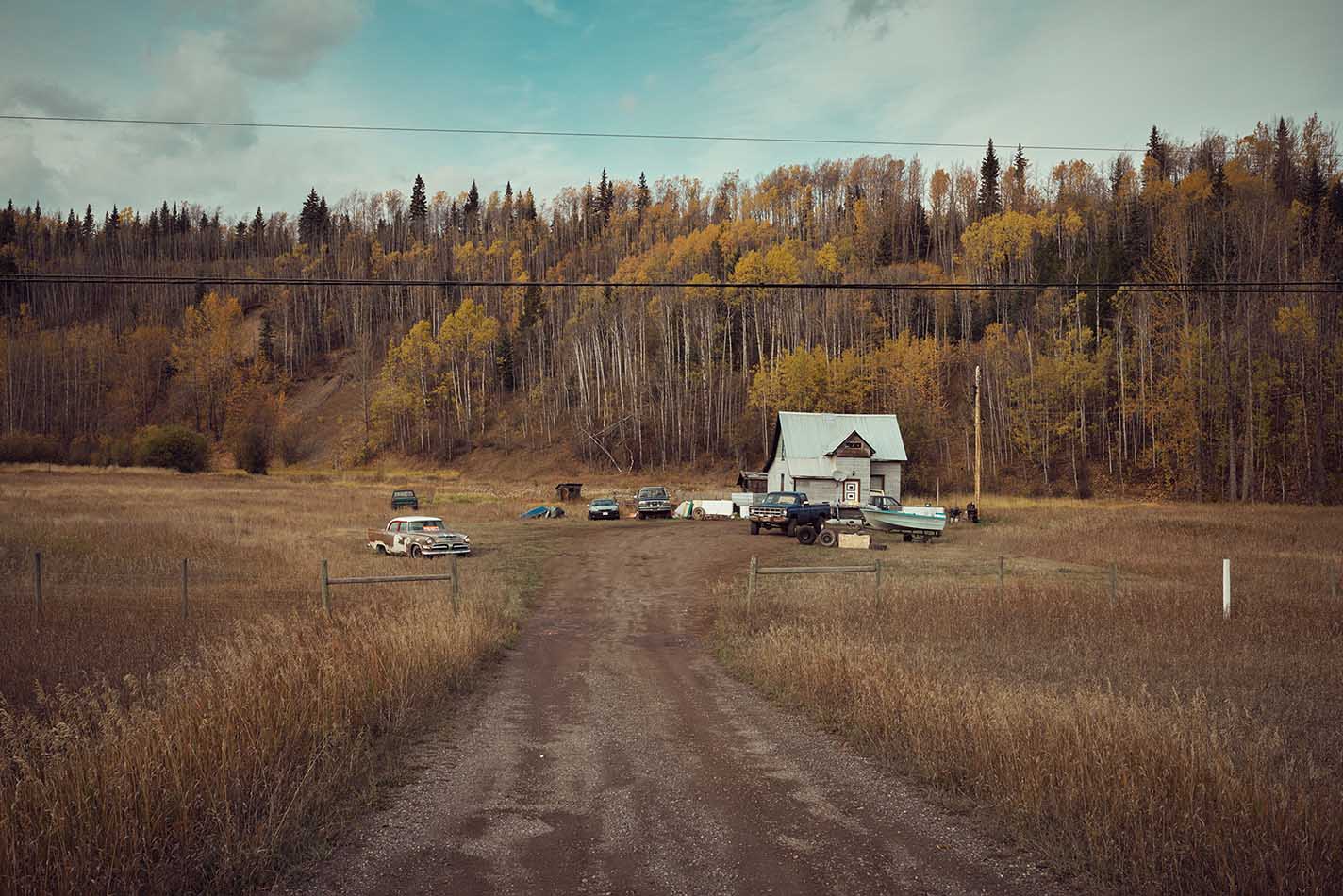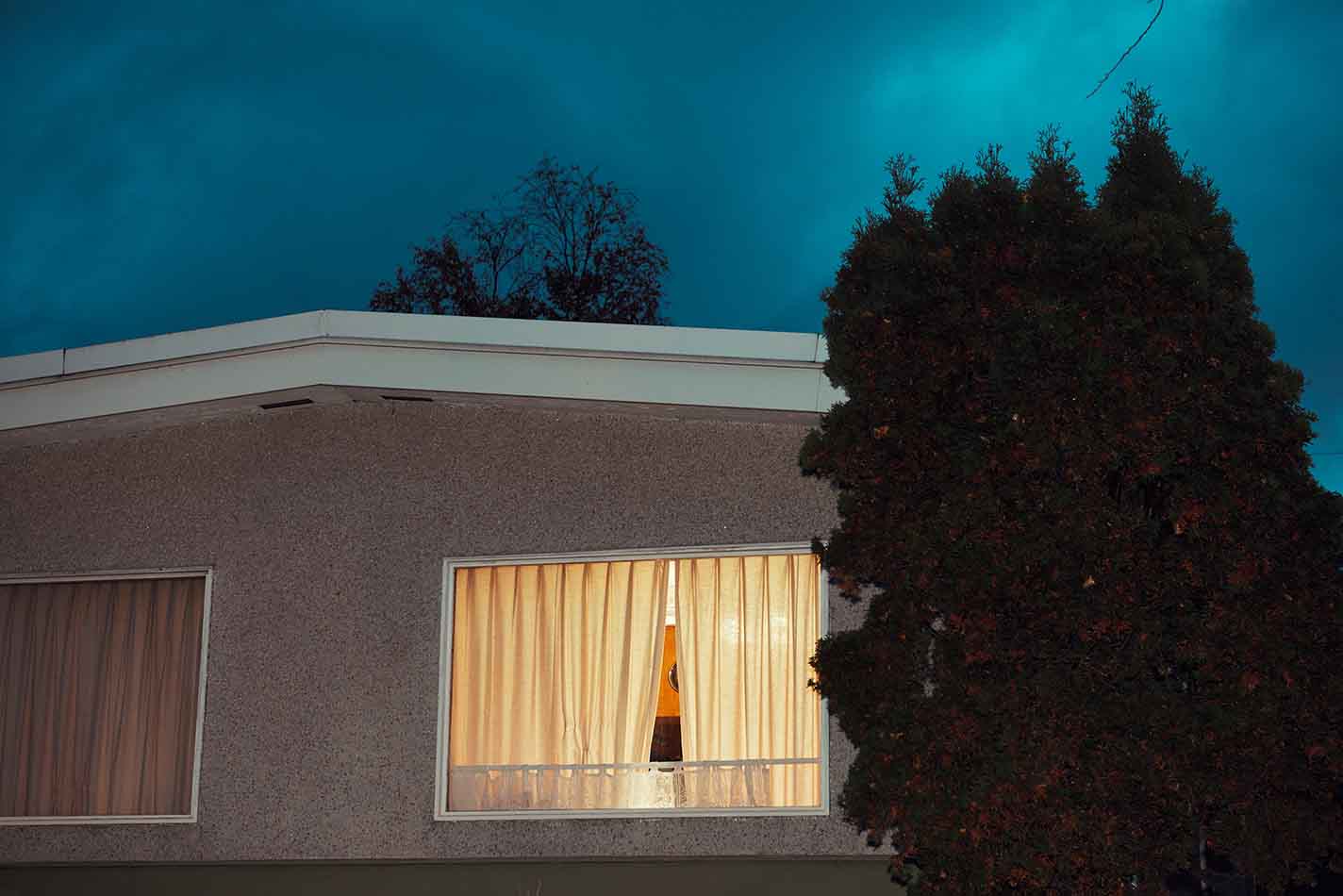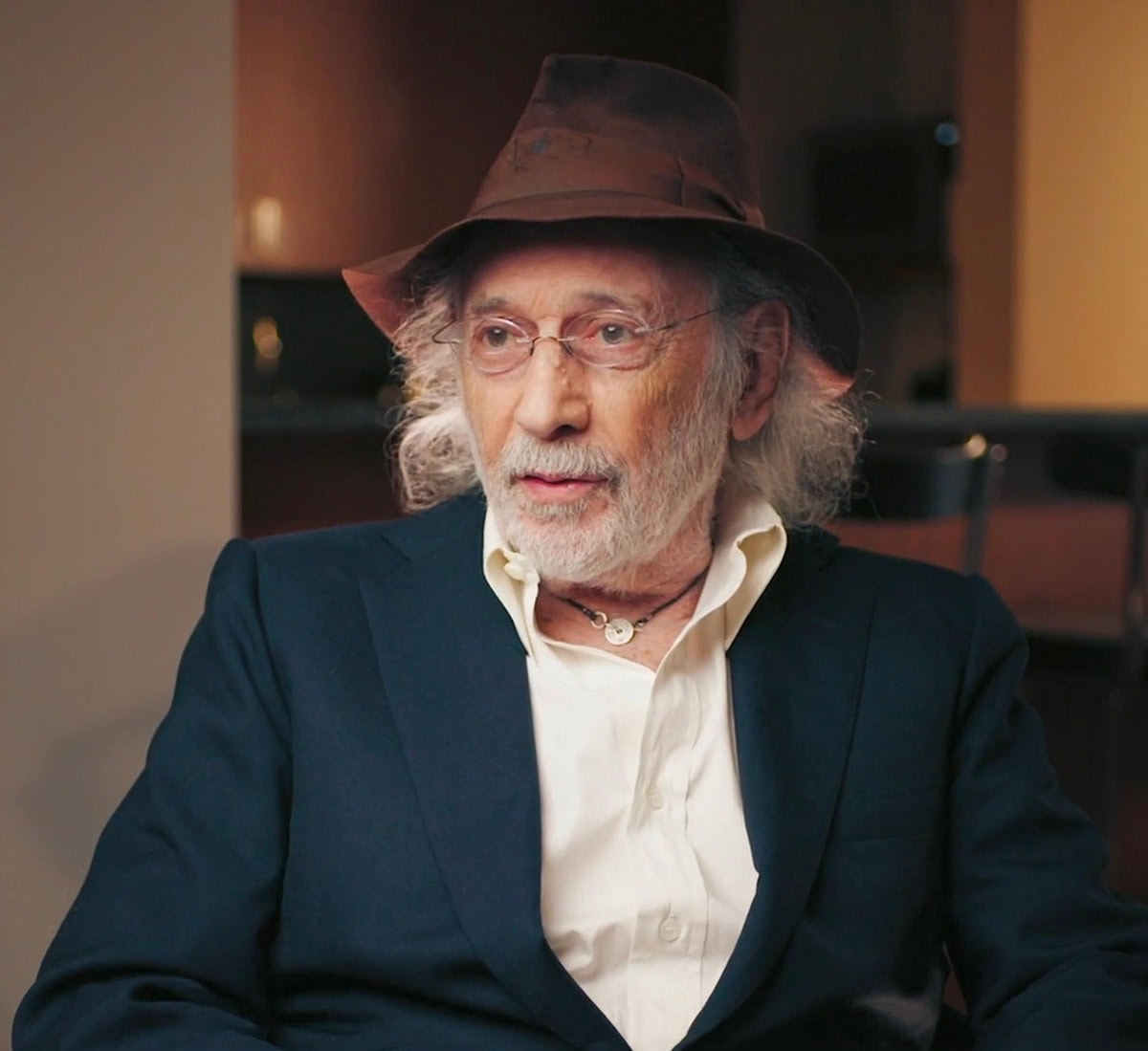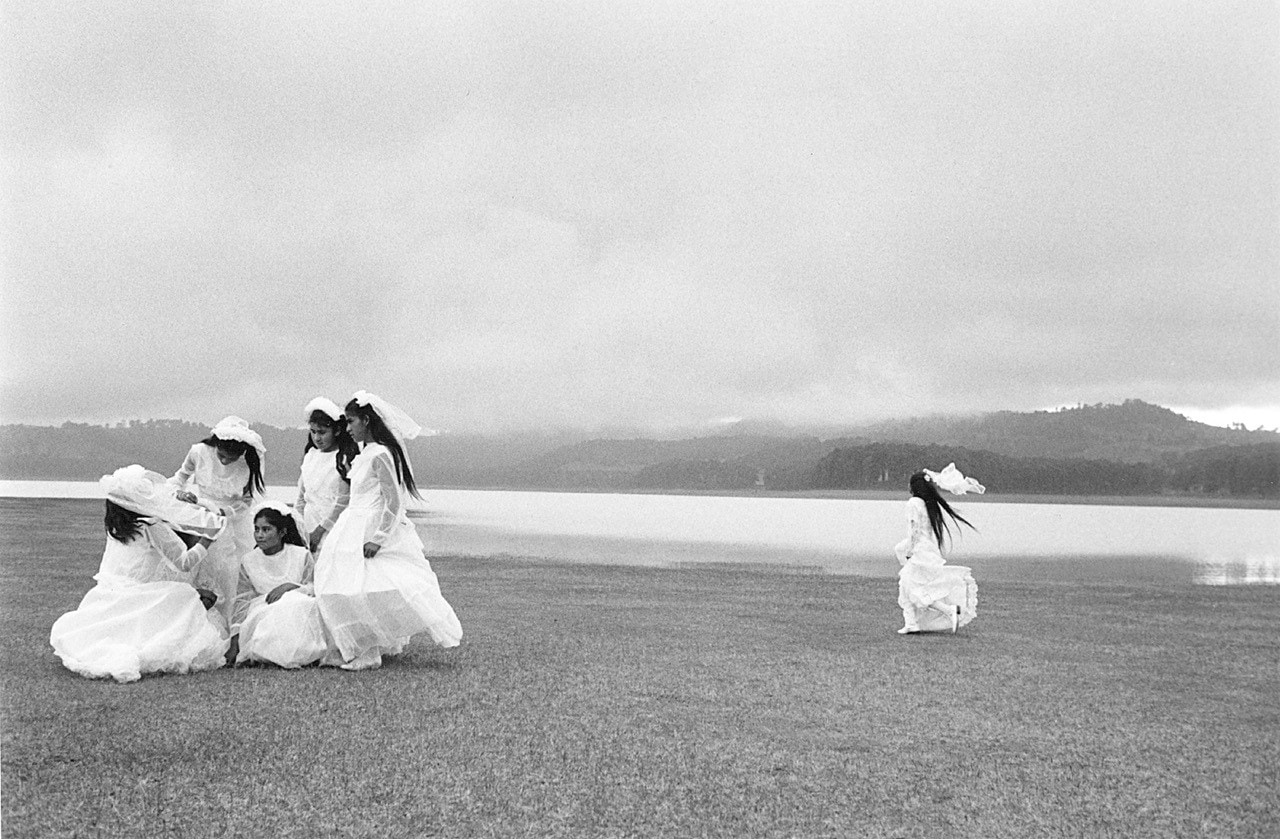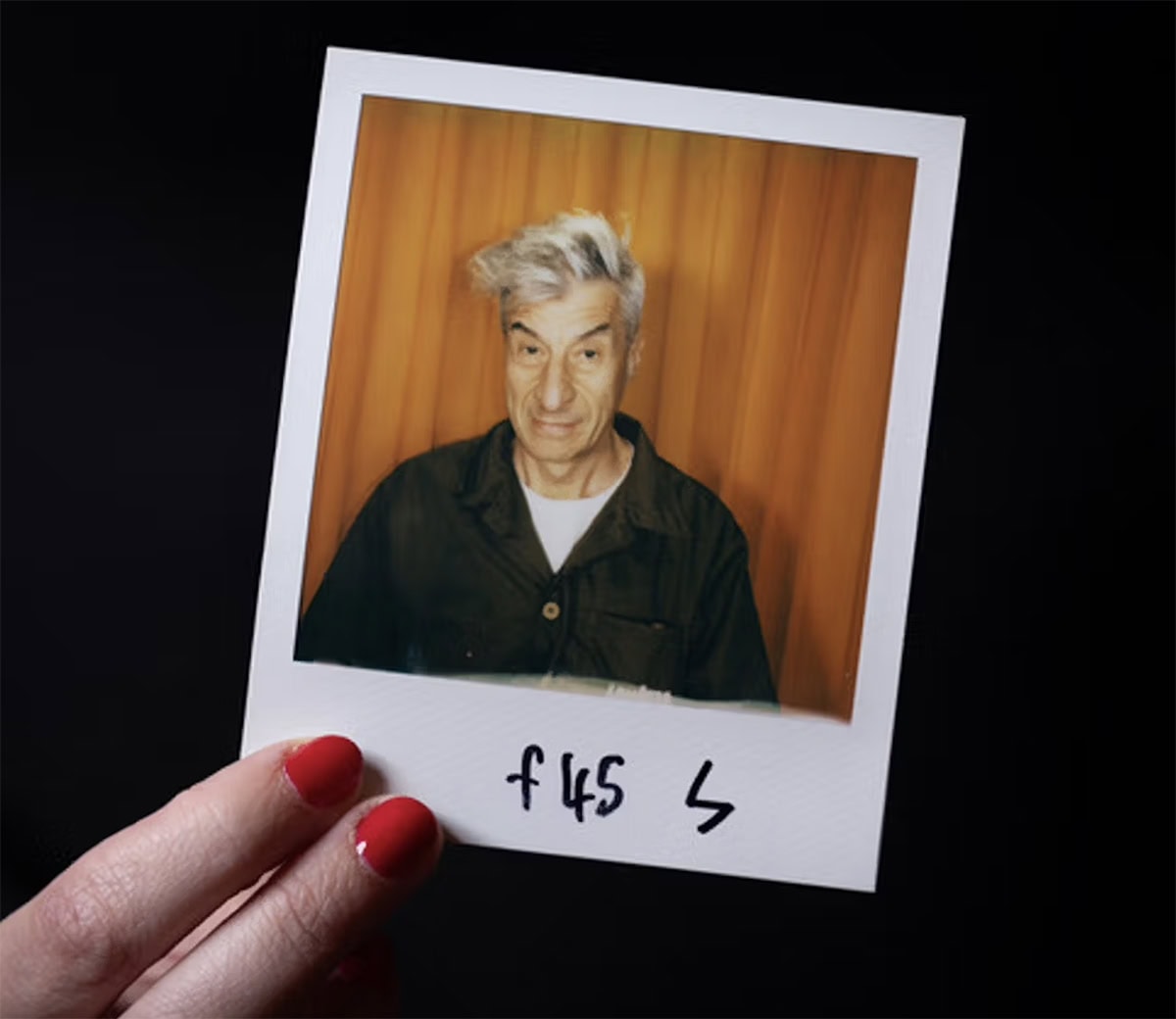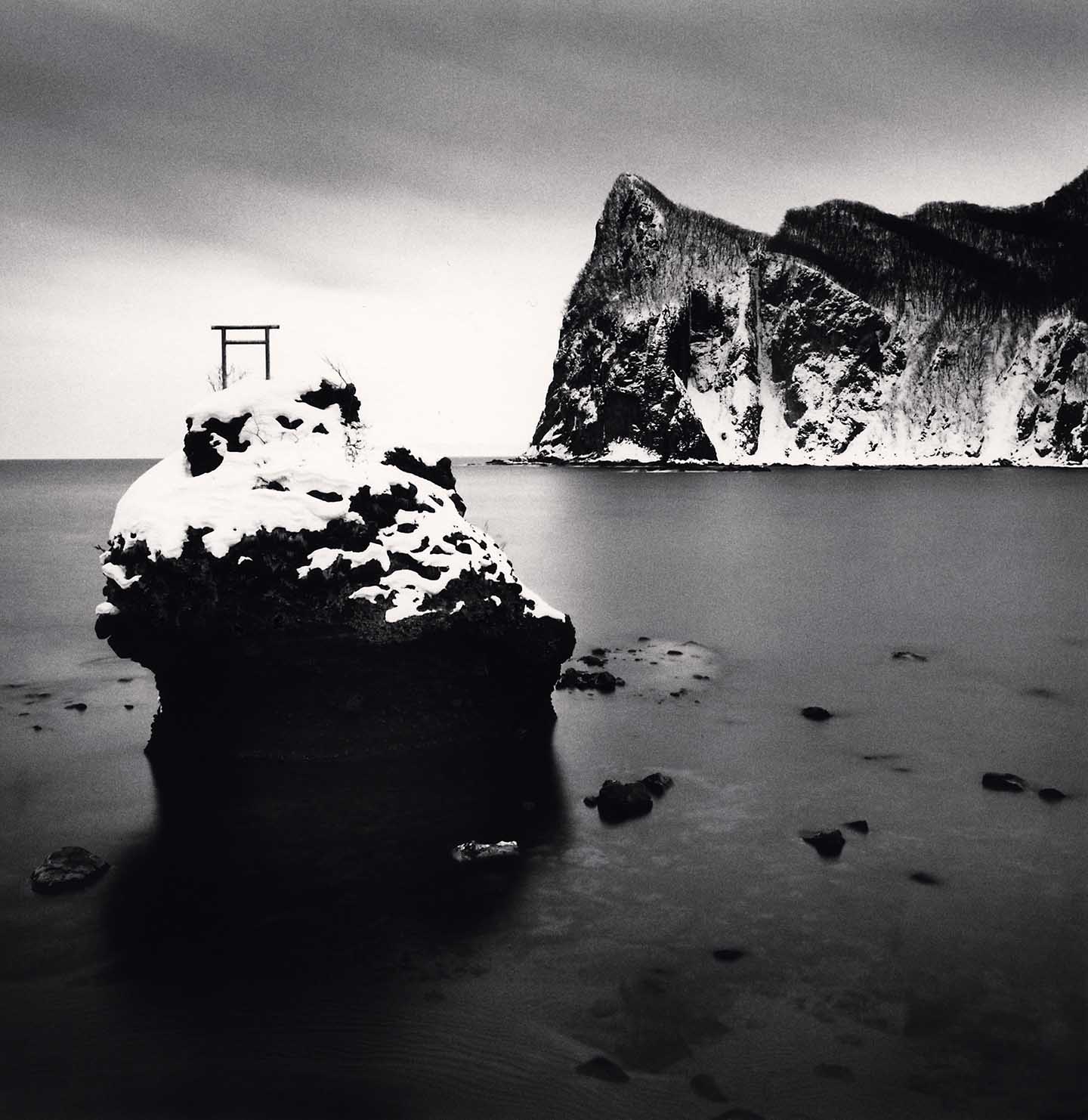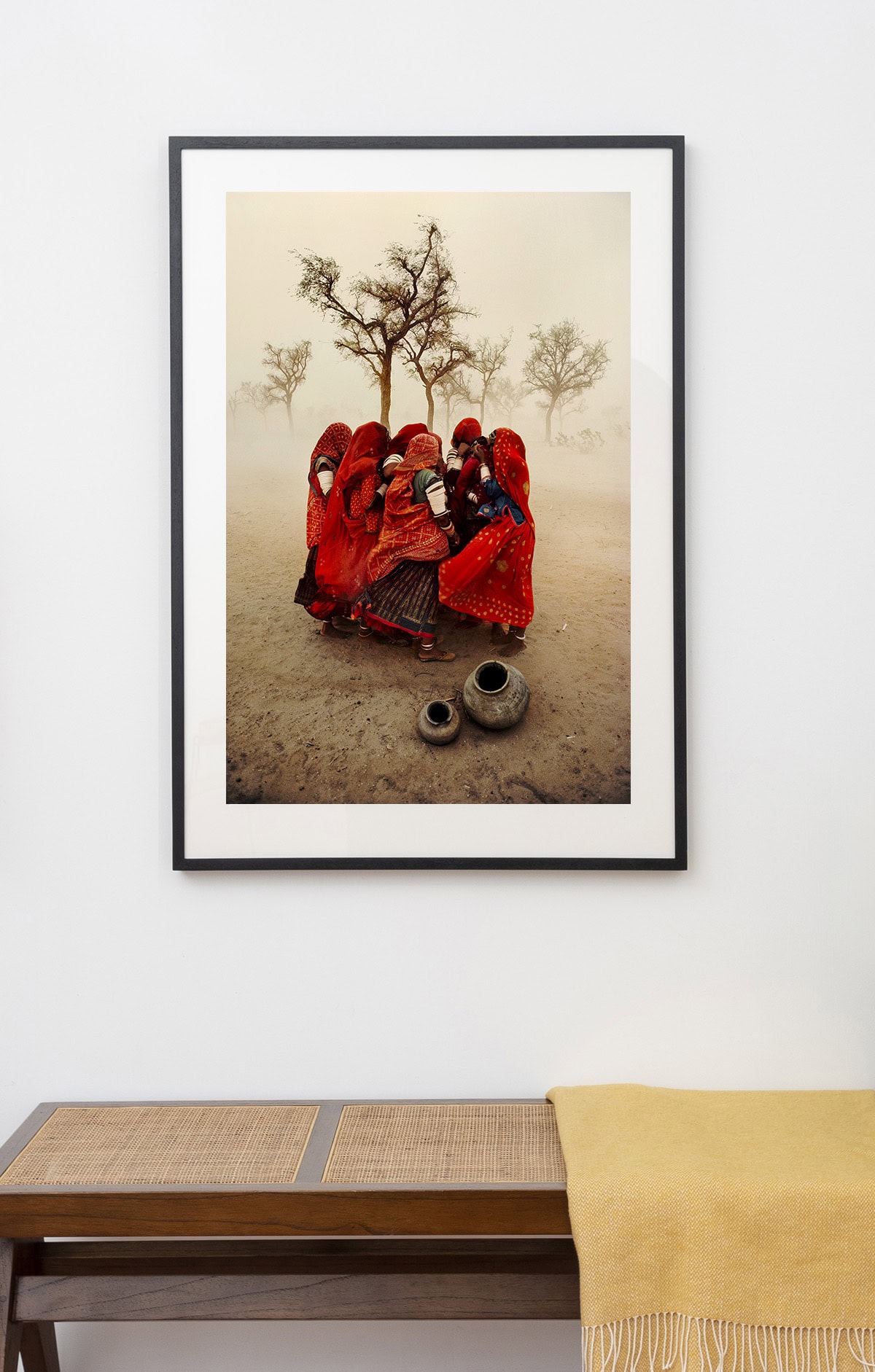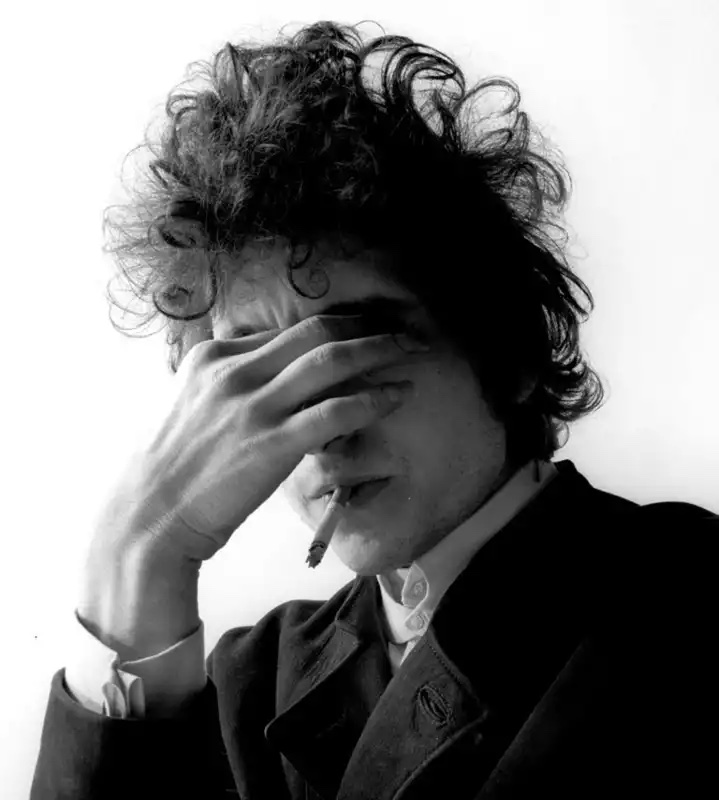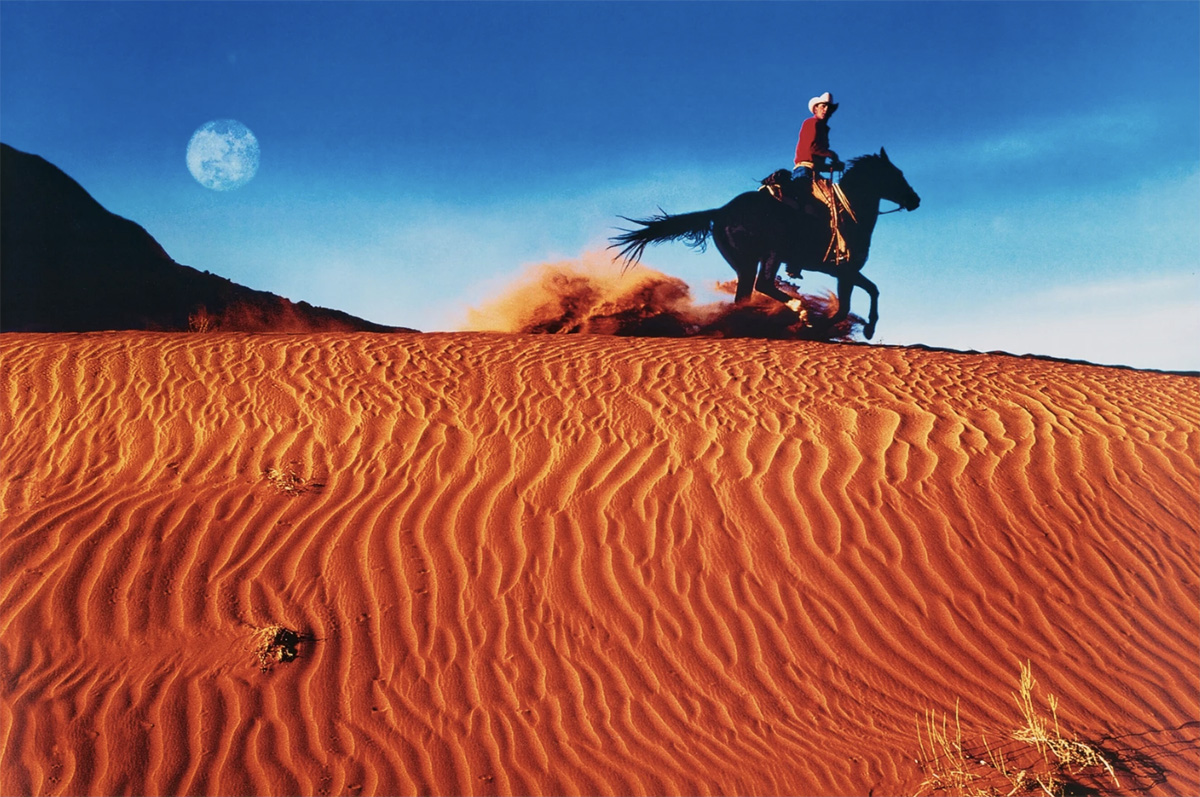The Other End of the Rainbow Nominated for Arles Book Award 2023
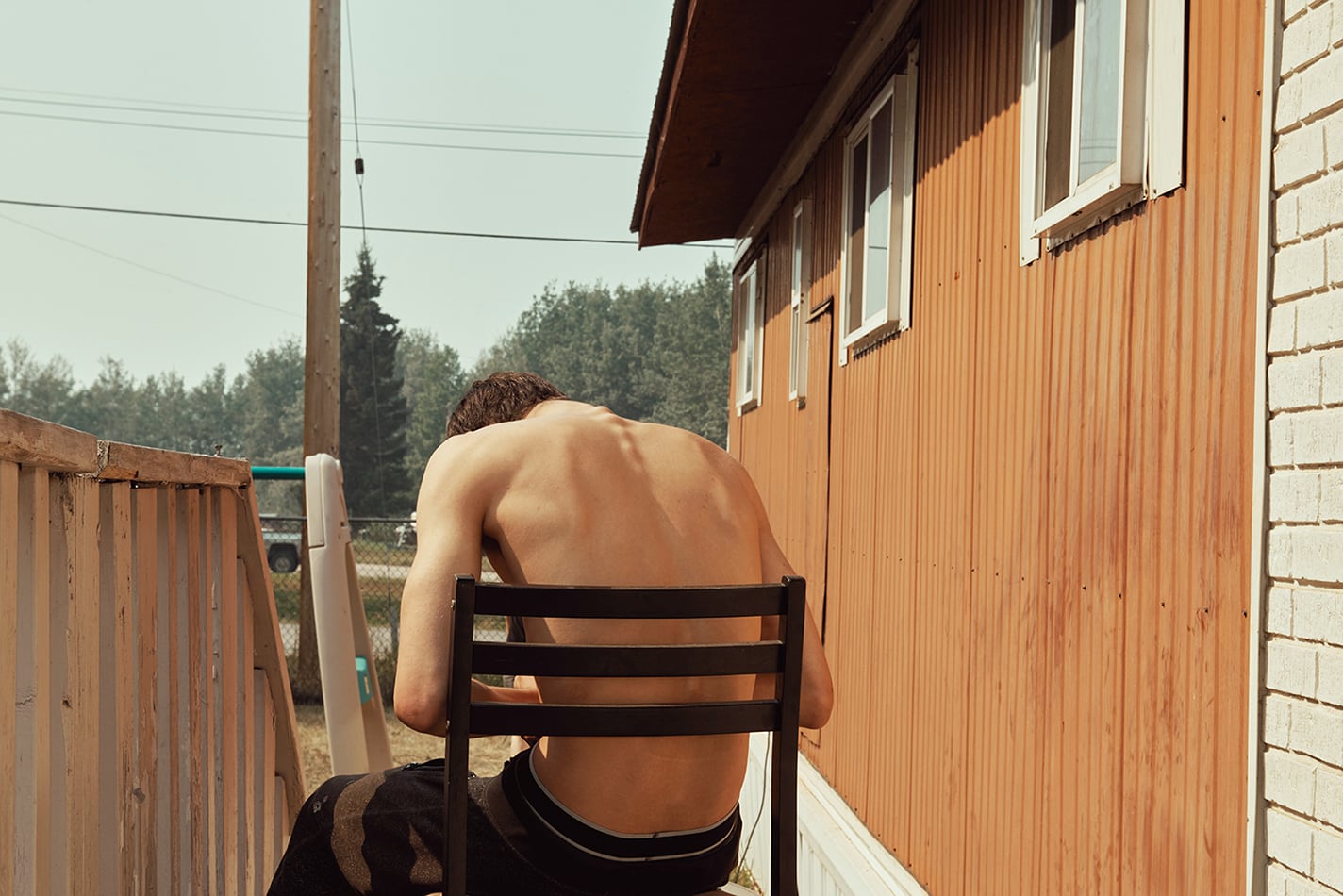
Kourtney Roy’s new book The Other End of the Rainbow was nominated for the Arles Book Award earlier this month at the prestigious photography festival, Rencontres d’Arles. The book was originally shortlisted in 2020 for the Luma Rencontres Dummy Book Award and received a special mention. Published last year by Editions André Frère (in both French and English), it is a great achievement to be nominated for this year’s award.
The book ruminates on Canada’s Highway 16 in British Columbia, a stretch of road that has experienced a wave of murders over the past fifty years. Since 1969, dozens of women and girls have gone missing; some were found dead, scattered along what is now dubbed The Highway of Tears. “As a Canadian artist who normally specialises in the creation of fictional worlds”, says Roy, “I felt it was important to focus on a present-day situation; an often-ignored national tragedy with deep roots in colonialisation, racism and misogyny.”
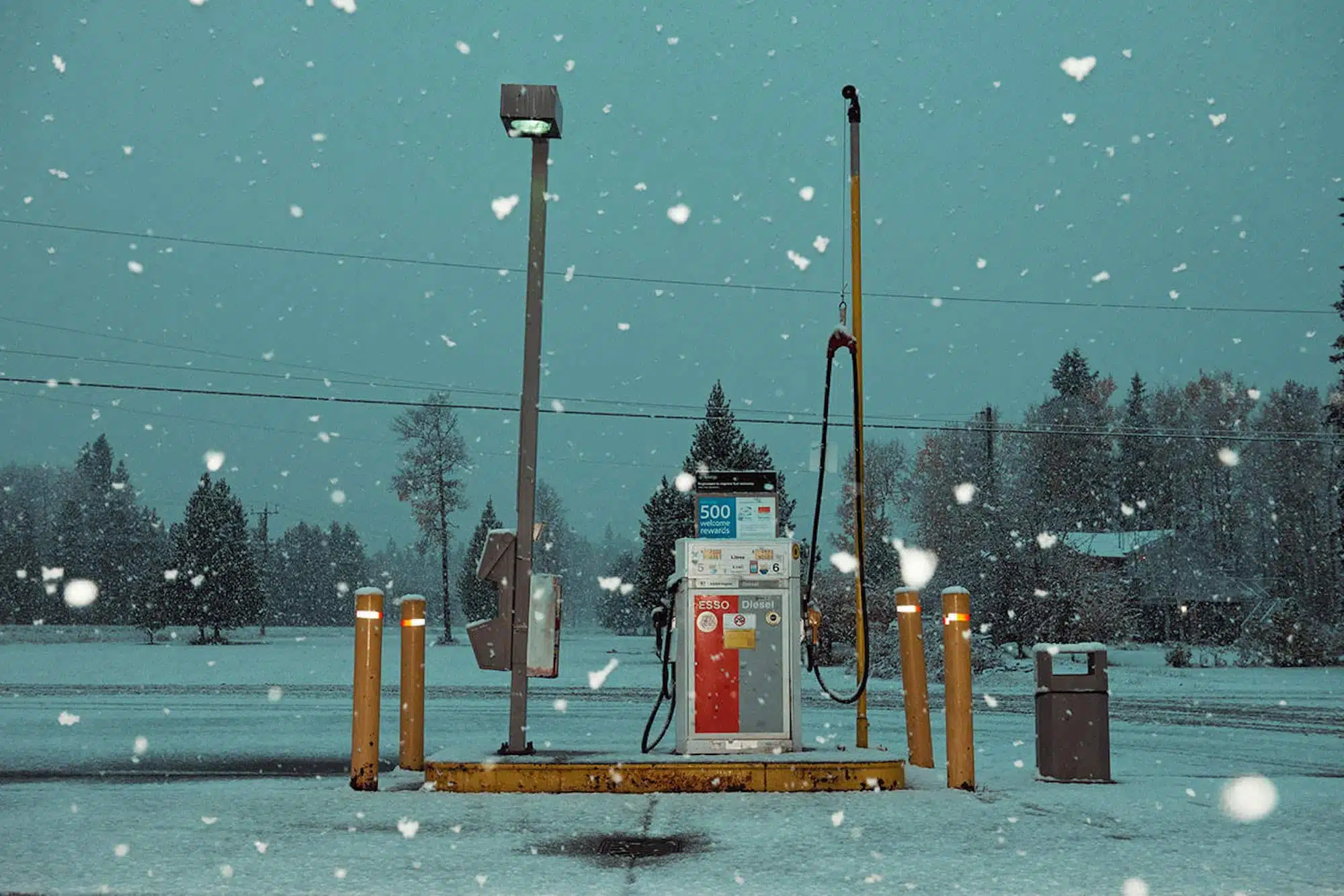
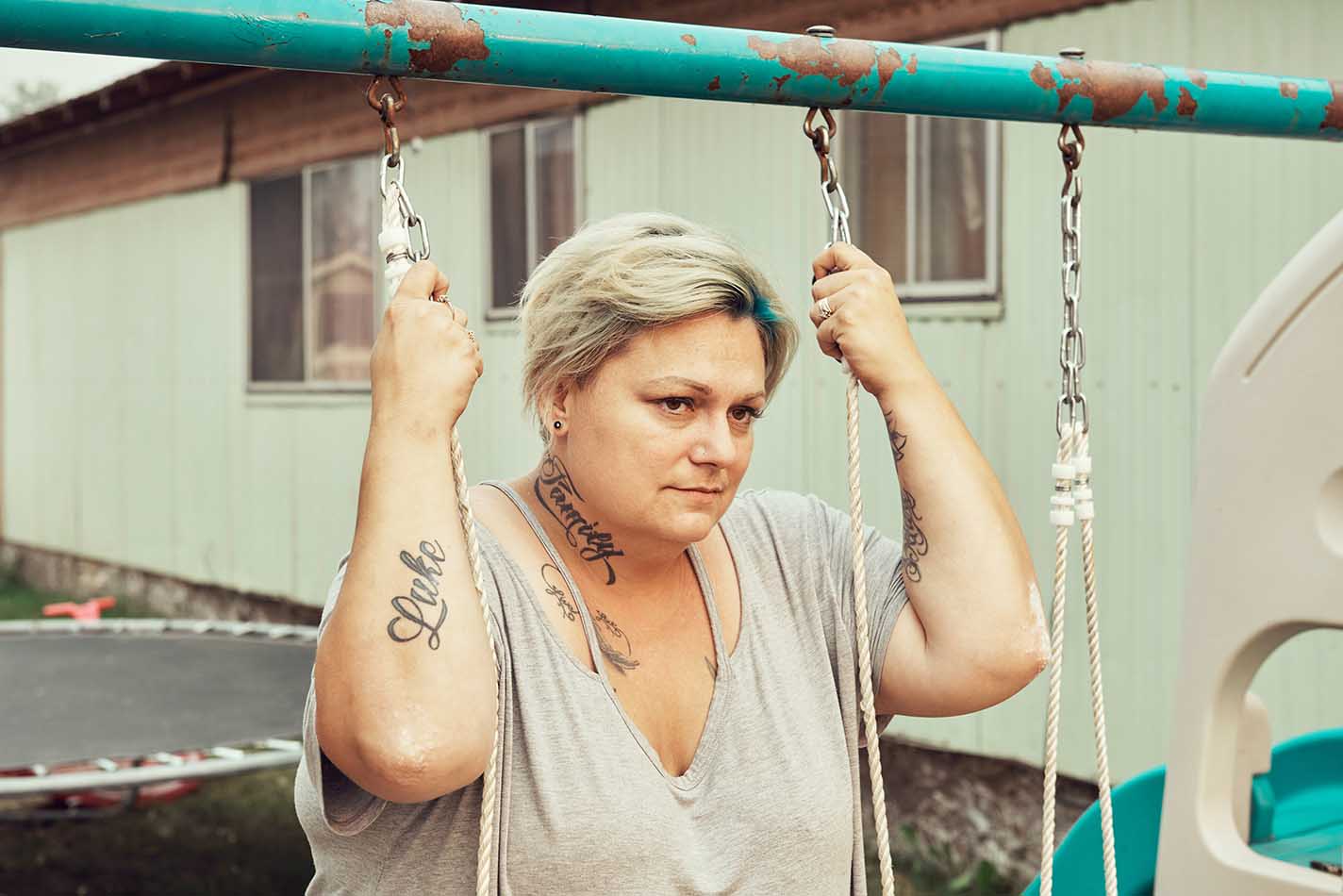
Roy writes, “From October 2017 to September 2019, I made five journeys to the region around Highway 16…. The Other End of The Rainbow presents my subjective photographic experience as that of an anonymous traveller in the region and is combined with three distinct texts throughout. The first presents those facts – names, dates, places, etc – readily available from online media and other sources concerning the disappearances and murders. The second text is comprised of various excerpts from a journal I kept while on the road. These are dotted throughout the book at different places and are variously mundane or anecdotal. What strikes me with hindsight is the sense that, as a lone female traveller, I was a potential victim myself. The third textual voice is made up of excerpts of recorded conversations with local people who I met throughout the region and all of whom had direct connections with the tragic events of the highway. Often these encounters were the products of chance, which highlighted the pervasiveness of the highway’s violence. There is a raw, cathartic quality to these testimonies, as if, by agreeing to be interviewed, these people would purge themselves of an unenviable burden.”
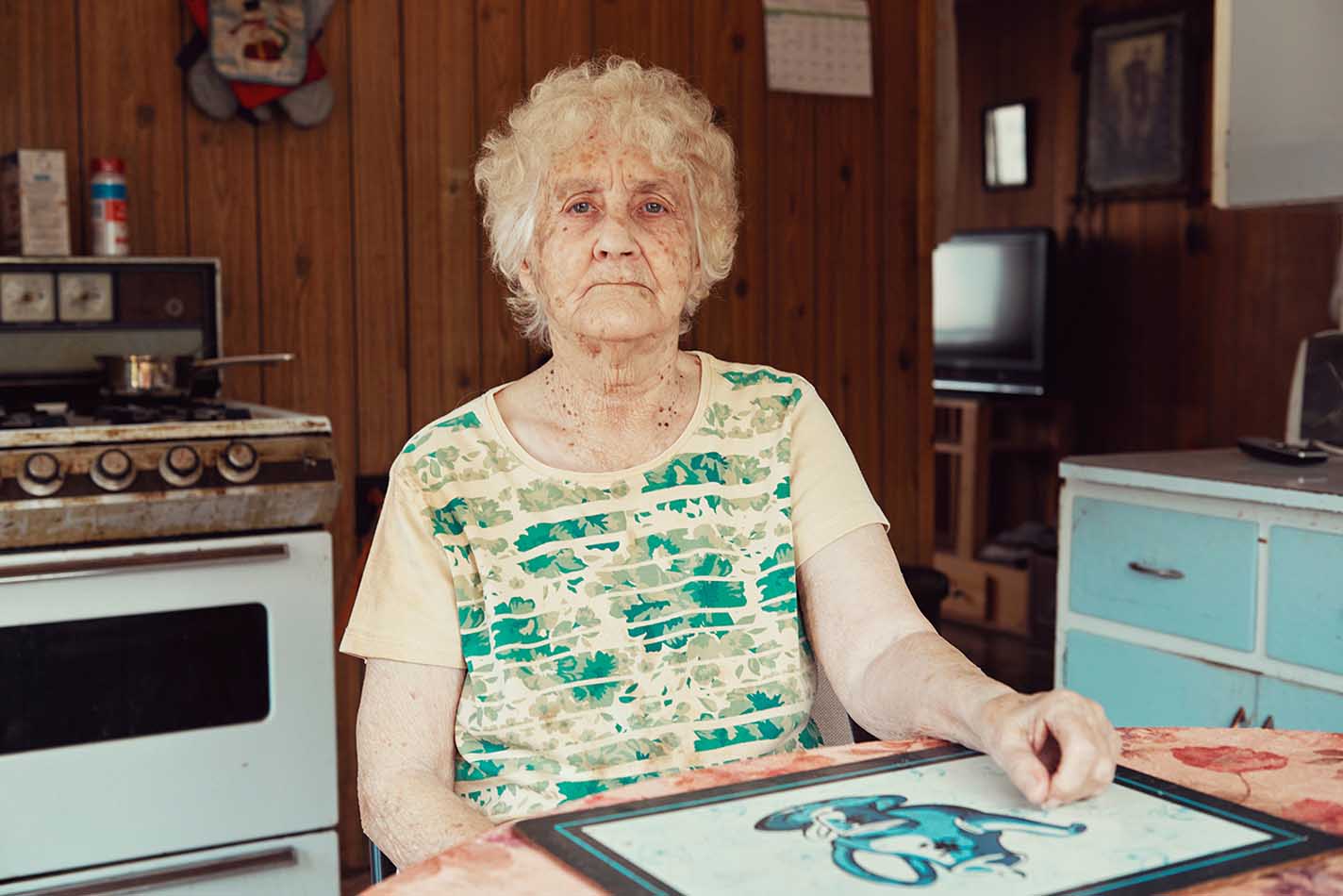
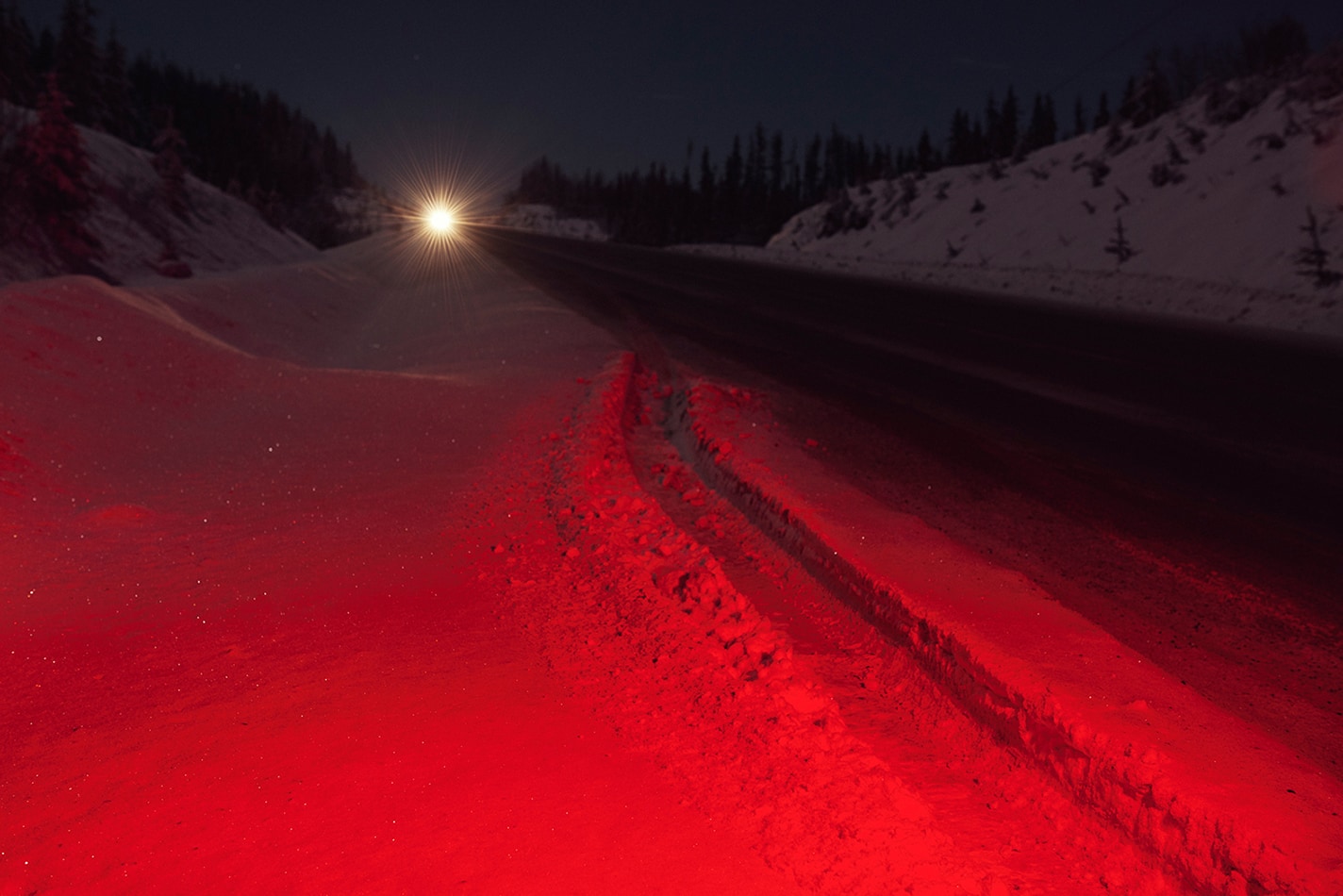
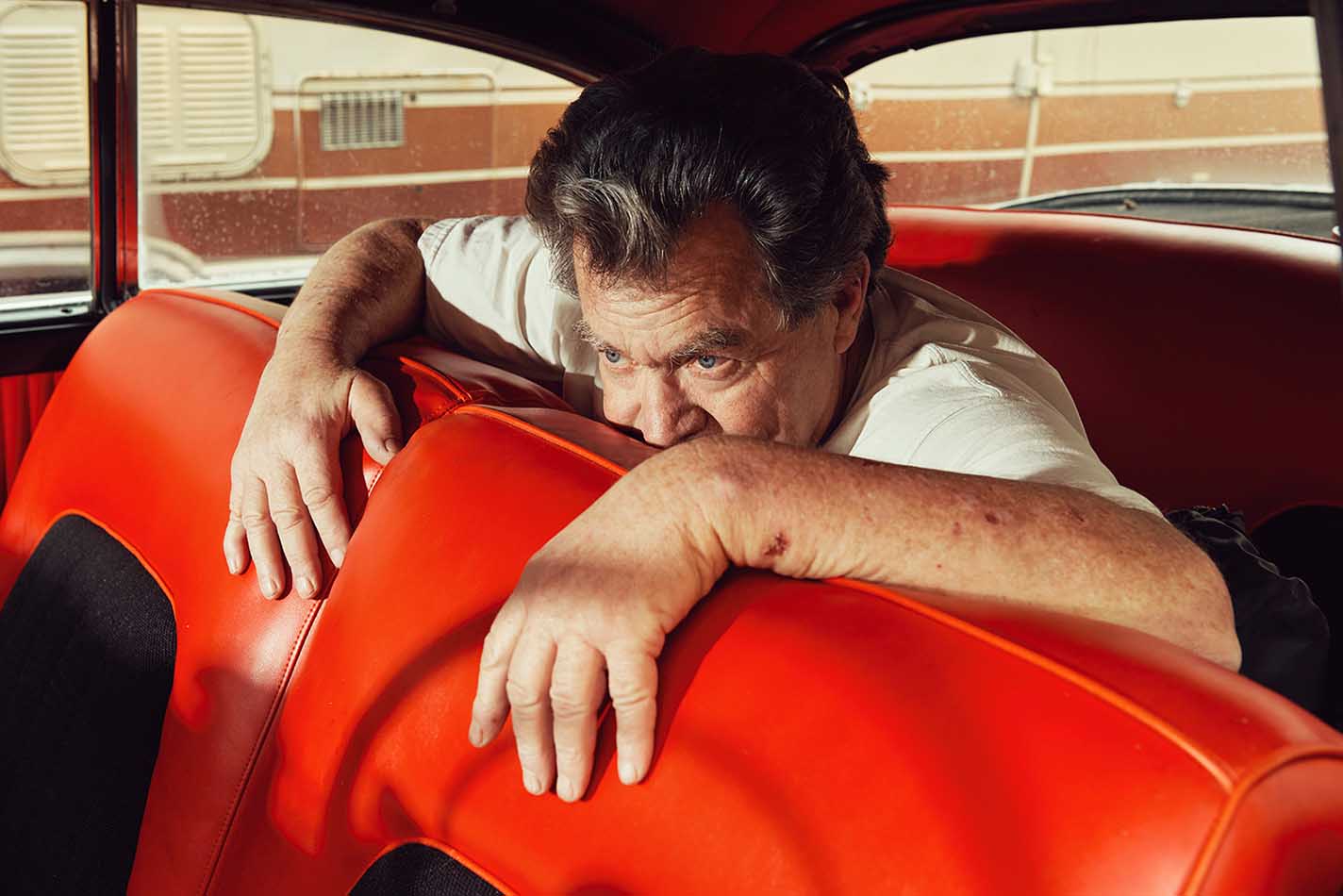
“As a Canadian artist who normally specialises in the creation of fictional worlds, I felt it was important to focus on a present-day situation of an often-ignored national tragedy with deep roots in colonialisation, racism and misogyny. I wanted to render a subjective and artistic interpretation of my journeys to the region to highlight an outsider’s experience of such a complex place. The banality of the sites I photographed both hides and hints at the presence of sinister events. These fragments capture unintentional details and imbue the places with a sense of disquiet. Their mundane qualities are magnified through the highway’s dark past, adding a sense of dread to the otherwise indifferent landscape.” – Kourtney Roy

